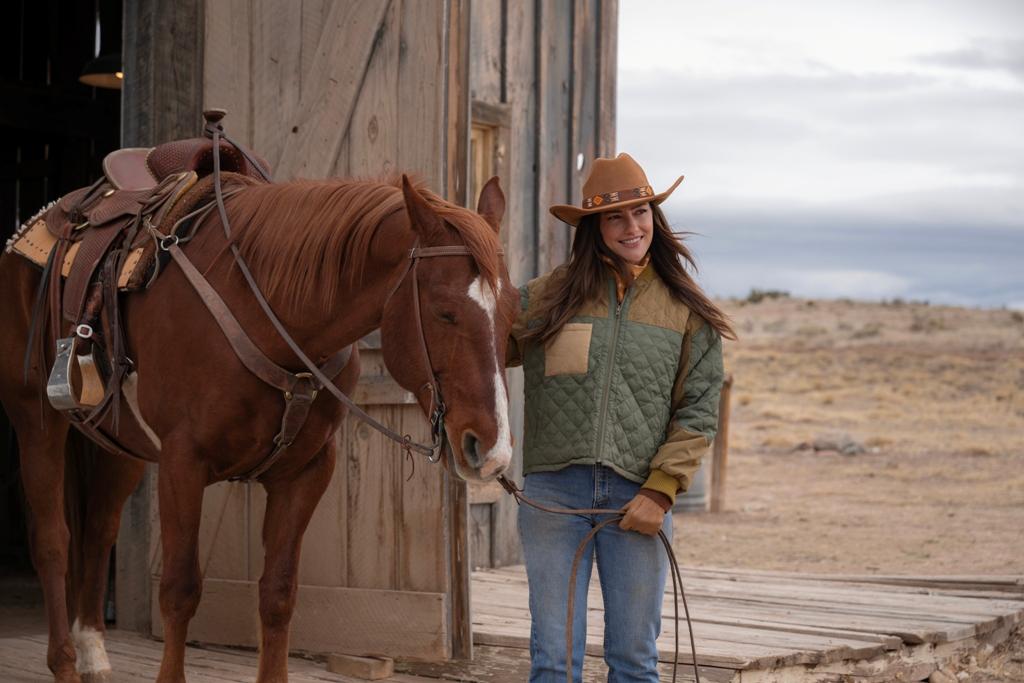The third of four feature films about war by director Stanley Kubrick, “Dr. Strangelove” (or formally: “Dr. Strangelove or: How I Learned to Stop Worrying and Love the Bomb”) is easily his most mainstream-accessible offering and arguably the greatest movie in his sterling, nearly flawless catalogue.
As with virtually all Kubrick films, the details regarding the gestation, production, and release of “Dr. Strangelove” are almost as engrossing as the movie itself.

A genius at recognizing source material which could be adapted and shaped to his specific style and tastes, Kubrick purchased the film rights to the Peter George (under the pseudonym Peter Bryant) dramatic thriller novel “Red Alert” for $3,500 and enlisted George to co-write the screenplay with him.
Multiple Sellers
Working with Kubrick for the first time, financier-distributor Columbia Pictures had a single precondition regarding the casting. Correctly assuming that Peter Sellers’s chameleon-like performance was the principal reason for the box office and critical success of “Lolita” the previous year, the studio executives requested that Kubrick have Sellers play four characters in his new film.
Both men were happy to oblige and in addition to the sinister title character, Sellers appeared as British RAF officer Lionel Mandrake and U.S. president Merkin Muffley who Sellers modeled in both demeanor and physicality after three-time failed presidential candidate Adlai Stevenson II.
The Ripper
For the pivotal role of Gen. Jack D. Ripper, Kubrick coaxed Sterling Hayden out of retirement, which wasn’t terribly difficult as the pair had previously worked together on the heist thriller “The Killing” from 1956.
Not dissimilar from the corrupt police captain he would later play in “The Godfather,” Hayden’s Ripper is a delusional misogynist blowhard whose “precious fluids” monologue alongside Mandrake is one of the funniest passages in a movie littered with gut-busting, quotable dialogue.
The part of the final principal character, Chairman of the Joint Chiefs of Staff Buck Turgidson, was given to George C. Scott, who had never previously appeared in a comedic movie. After the film was released, Scott took great umbrage with Kubrick for what he described as “forcing him to overact,” which is technically correct.
In all of his scenes, Scott was asked by Kubrick for “small,” “medium,” and “over the top” takes of the material and, invariably, Kubrick used all of the broader performances in the final cut.

Ripper sets things in motion by issuing an unauthorized order deploying dozens of B-52 Stratofortress planes loaded with nuclear bombs to be dropped on the Soviet Union. Anticipating an immediate backlash, Ripper also cuts off all communications in and out of a fictional airbase and enforces radio silence.
The War Room
Meanwhile back in the War Room (which is about the size of an airplane hangar), Turgidson is in full-sell mode, trying to convince Muffley that nothing can be done to stop the attack and any attempts at 11th hour diplomacy with his Soviet counterpart will be in vain.
Turgidson goes a step further when trying to soften the blow by admitting “we’ll get our hair mussed, but at most there will ‘just be’ 10-20 million U.S. casualties, tops” when the Soviets inevitably retaliate via their mysterious “doomsday machine.”
Not present until the last act, Muffley’s wheelchair-bound, sunglass-wearing advisor Dr. Strangelove is asked his opinion on what course of action to take next, which is slightly rosier than Turgidson’s.

A Brilliant Score
There is hardly a minute that passes by during the movie where music isn’t heard, and it is to composer Laurie Johnson’s credit that it is loaded with whimsy and wit and never overpowering.The opening title sequence is set to an instrumental adaptation of the 1932 Ray Noble original, “Try a Little Tenderness,” later covered by Otis Redding, and another motif accompanying a scene in one of the Soviet-bound planes is a riff on the Civil War-era ballad “When Johnny Comes Marching Home.” The sly inclusion of Vera Lynn’s 1943 recording of “We’ll Meet Again” during the final scene provides the production with the perfectly snarky and ironic punctuation.
Successful and timeless satire is quite a rare and tricky beast. There’s a very fine line between being clever, insightful, and sardonically funny and coming off as blunt, obvious, vengeful, clueless, and pathetic.
Skewering something as devastatingly apocalyptic as nuclear war might be the ultimate satirical challenge, but Kubrick, his co-writers, and performers all cleared that bar with plenty of room to spare. “Dr. Strangelove” is and will forever remain one of the finest movies (of any genre) ever produced.






